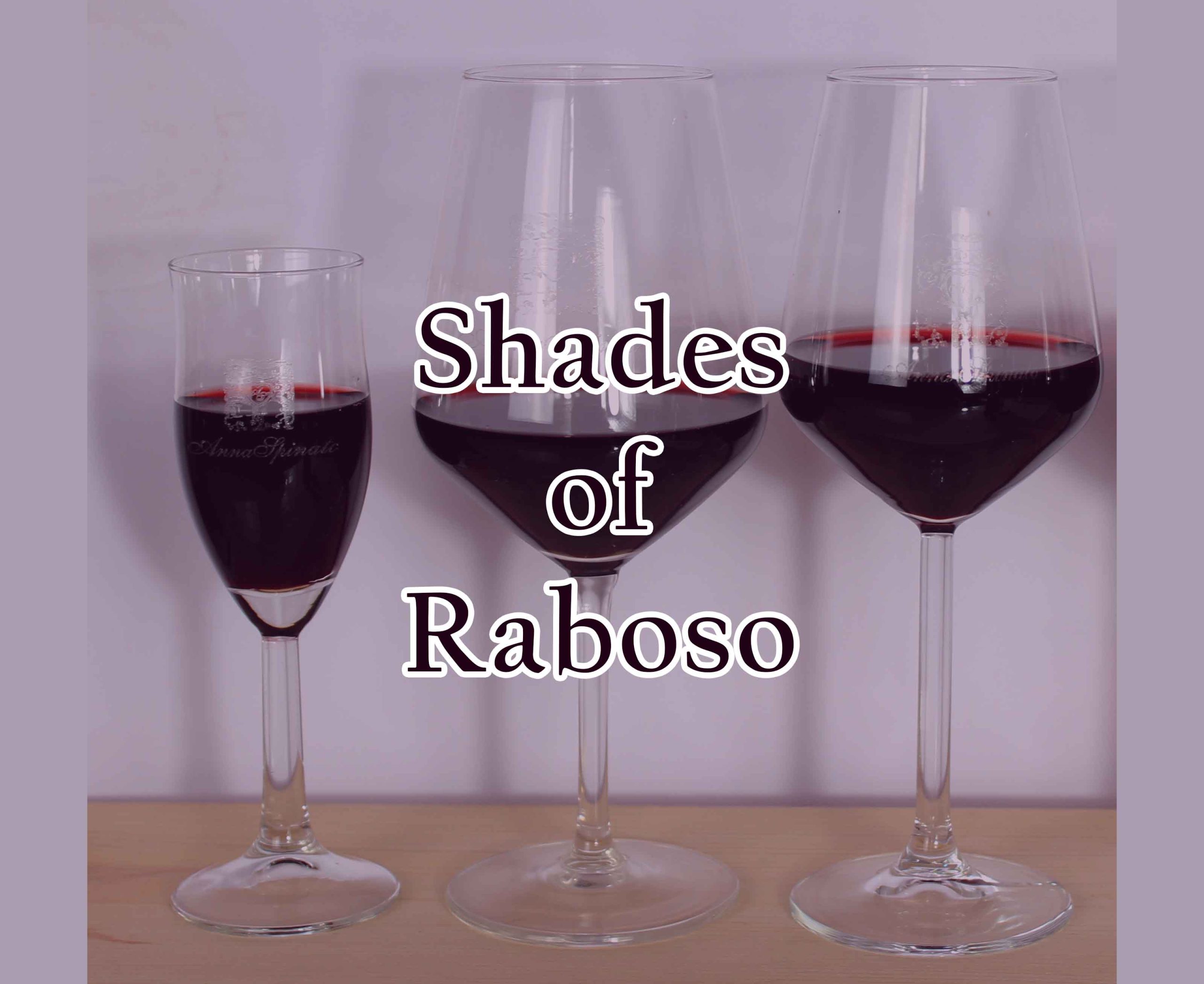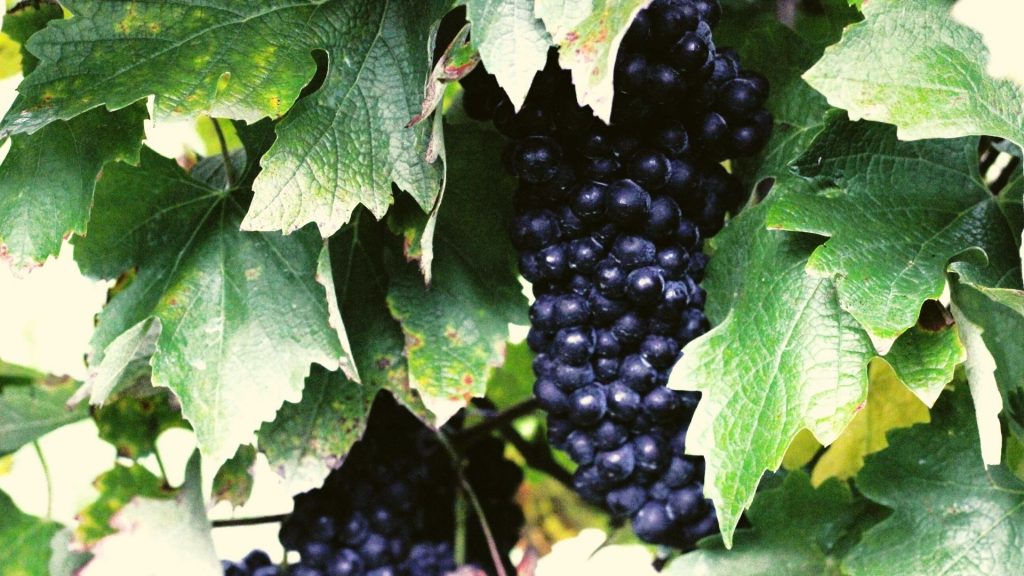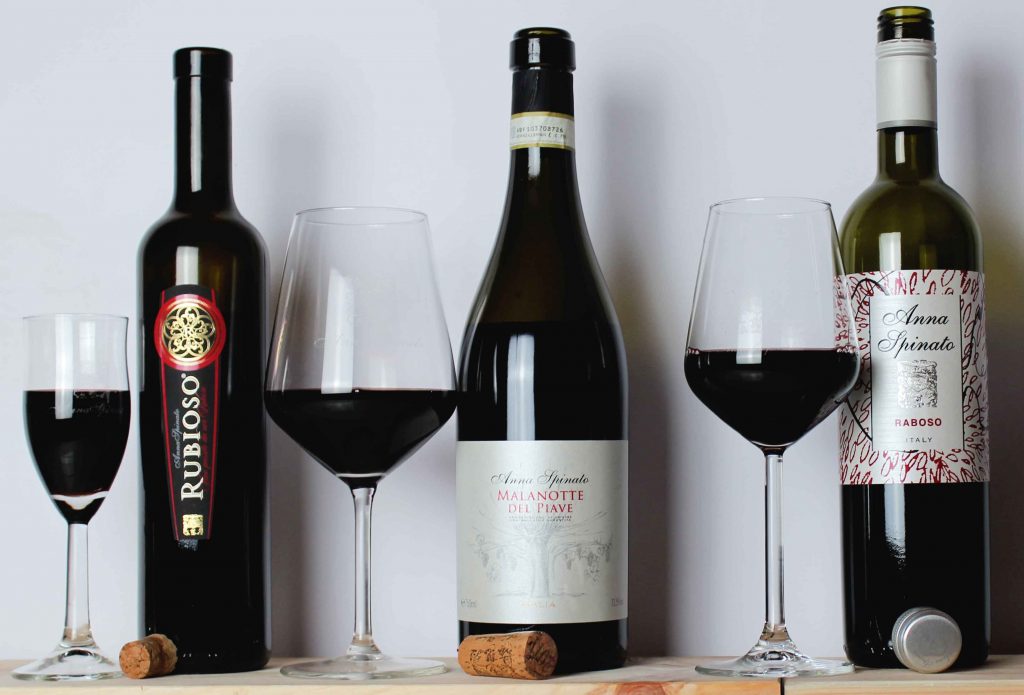
Raboso Piave: the historical vine of Anna Spinato
History
Raboso is an ancient local red grape variety that is deeply rooted in the history of Veneto. Already in 78 A.D. Pliny the Elder, in his “Naturalis Historia”, described the Raboso grape as “picina omnium nigerrima”, which means the blackest of all. Later, in the Serenissima Republic of Venice, Raboso became one of the most commercialized and appreciated wines, so much so that it was given the name of “vin da viajo”, that means it was the ideal wine to face long journeys to faraway lands, always well protected by the rich texture of its tannins and by its marked freshness.
Giacomo Agostinetti, writer and farmer from Cimadolmo, Treviso, also mentioned it in 1678 in “Cento e dieci ricordi che formano il buon fattor di villa”, a guide for the good cultivation of wheat, asparagus and more, which also provided important information on how to make white wine, sweet wine and “black” wine. In this section, we find several lines dedicated to the Raboso. In particular, Agostinetti explains that these black grapes are destined for the Venetian market. He defines it as a grape of strong nature with a very black colour which, if left to warm up, develops a taste of marasca cherry. He states that it is highly appreciated by Venetian merchants, especially for its colour and as a blending wine, because it is difficult to find such a dark grape in other countries.
Vine, grapes and wine

In the lands of the Piave river, Raboso was deeply linked to the “Bellussera”, a farming system in which the Raboso vines were “married” to the mulberry trees, a perfect natural support capable of shading the vine rows.
The Raboso vine sprouts early but the grapes are harvested late, between mid-October and early November. The grapes have a thick skin, a beautiful black colour and are tightly enclosed in long bunches, capable of generating a wine with an intense colour, with aromas of marasca cherry and red fruits, enveloping and balanced by its fresh acidity. Very pleasant in its youth, it is enhanced by long ageing in oak barrels and bottle and is perfect for giving excellent raisin wines.
Anna Spinato’s Raboso

Today it is produced in three intriguing versions: Raboso Piave IGT, Malanotte del Piave DOCG, Raboso Passito.
Raboso Piave IGT
100% Raboso. Impenetrable ruby red colour tending to purple on the edges of the glass. On the nose, the cherry stands out, alternating with notes of undergrowth and spicy hints. On the palate, it fascinates with the freshness and texture of the tannins that enhance the combination with meat dishes.
Malanotte del Piave DOCG
100% Raboso, of which 20% passito (dried). Ageing for 24 months in oak barrels.
In the glass, it is dense, of an intense ruby red colour with garnet reflections. On the nose, notes of sour cherries in alcohol accompany balsamic hints of eucalyptus, then the tertiary notes of roasting emerge, reminiscent of coffee, cocoa and fragrant spices. Its sip is round, enveloping and perfectly consistent with the notes found on the nose. Perfect wine with game courses or to be enjoyed by sipping it while reading a good book.
Raboso passito – Rubioso
100% dried Raboso grapes.
On the nose, it releases sweet memories of sour cherry jam perfectly balanced by roasted hints recalling coffee and cocoa. It continues with balsamic puffs and intriguing notes of pipe tobacco that anticipate a rich, soft and enveloping sip. The sugary note is balanced by the freshness and tannin, typical of Raboso. Perfect to be enjoyed in good company in front of the fireplace, it goes very well with blue cheeses and is enhanced in combination with chocolate and red fruit desserts.


